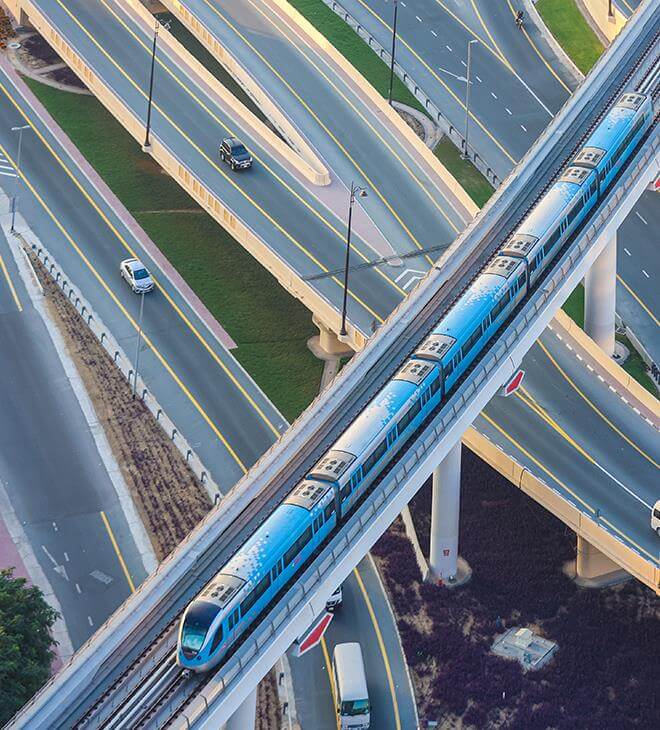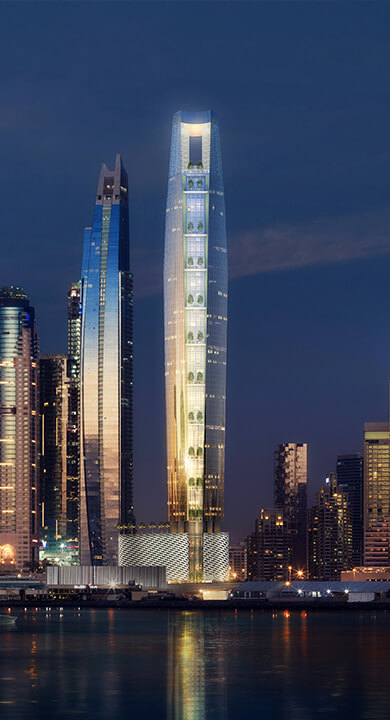Dubai’s public transport investments top AED100bn

Dubai’s massive investments in transport infrastructure continues to reshape the city’s society and economy, with recent data showing that more than AED 140 billion ($38.12 billion) has been spent on roads and transport projects since the emirate’s Roads and Transport Authority (RTA) was established in 2005, with major expansions under way to meet rising demand.
The impact of these investments is seen in the remarkable growth in passenger numbers in recent years, with RTA data showing the share of journeys using public transport and shared mobility in the city had increased from 6% in 2006 to 21.6% in 2024, while more than 395 million trips were registered across all public transportation services in the first half of 2025, up 9% from a year earlier.
According to the RTA, the Dubai Metro carried 143.9 million riders between January and June 2025, accounting for over one-third of all journeys. Buses made up 24% of trips, while taxis contributed 26%. The busiest Metro stations were Burjuman, Al Rigga and Union, with each handling between six and nine million passengers in the first half of the year.
Mattar Al Tayer, Director General of the RTA, said the growth in passenger numbers “reflects users’ confidence in the system’s efficiency and the quality of services provided across all modes,” adding that the authority remains committed to “safe, comfortable and sustainable mobility solutions for every segment of society.”
New projects to expand capacity
Dubai is moving forward with major projects to boost the capacity of its public transport network. The most significant is the AED20.5 billion ($5.6 billion) Dubai Metro Blue Line, now under construction. The 30-kilometre extension will add 14 new stations to the Metro network and is scheduled for completion in 2029. Once operational, it is projected to serve around 320,000 passengers a day by 2040, linking emerging residential communities with key business districts.
The RTA is also expanding the city’s bus services, with more than 600 new vehicles on order, including 40 electric buses, as part of a plan to convert the fleet to electric and hydrogen power by 2050. In parallel, 22 bus stations and depots have been modernised to improve comfort, accessibility and integration with other modes of transport.
Investments accelerate economic growth
A previous RTA-commissioned study by the UK’s Henley Business School found that every dirham spent on the Dubai Metro generated AED1.6 of economic return in 2016, a figure projected to rise to AED4.3 by 2030. The RTA says continued investments in roads and transit have already saved the emirate an estimated AED125 billion ($34 billion) in time and fuel costs since the Metro’s establishment.
Dubai’s authorities say the long-term goal is to raise the share of journeys made by public transport and shared mobility to 45% by 2030. The strong ridership figures in the first half of 2025, combined with ongoing infrastructure investment, suggest the city is on track to meet that target.



